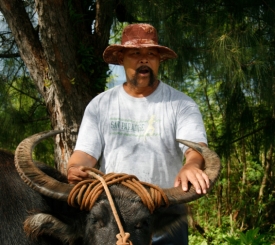Stages of Readiness Model
 APPEAL’s Stages of Readiness model was developed with the knowledge that many AA & NHPI communities, particular those facing various critical issues or those consisting primarily of newly immigrated members, may not be ready to address tobacco control in the same manner that other, more established communities do. This model, based on Prochaska’s Stages of Change model,1 is intended to help each community identify their capacity to respond to tobacco so that they may better address tobacco control issues in the future.
APPEAL’s Stages of Readiness model was developed with the knowledge that many AA & NHPI communities, particular those facing various critical issues or those consisting primarily of newly immigrated members, may not be ready to address tobacco control in the same manner that other, more established communities do. This model, based on Prochaska’s Stages of Change model,1 is intended to help each community identify their capacity to respond to tobacco so that they may better address tobacco control issues in the future.
Similar to Prochaska’s model, the APPEAL Stages of Readiness model includes the following stages:
- Precontemplation: The coalition or community has not yet seriously thought about taking action in this area.
- Contemplation: The coalition or community has thought about taking action, but has not developed plans.
- Preparation: The coalition or community has thought about taking action and are developing plans.
- Action: The coalition or community has taken action and continues to take action.
- Maintenance: The coalition or community has been taking action for several years and has developed a plan of action for sustaining itself.
It’s important to keep in mind that capacity building, particularly when it involves infrastructures and communities that are at the precontemplation and contemplation stages of readiness, will not happen overnight. However, by identifying the stage of readiness a community is currently working at, APPEAL can then propose the appropriate technical assistance, training and resources for the community to access. This is especially important for infrastructural development issues such as financial resources, staffing, and representation on local and national tobacco control coalitions.
1 Prochaska, J.O., DiClemente, C.C. Stages and process of self-change in smoking: Toward an integrative model of change. Journal of Consulting and Clinical Psychology 1983:390-395
